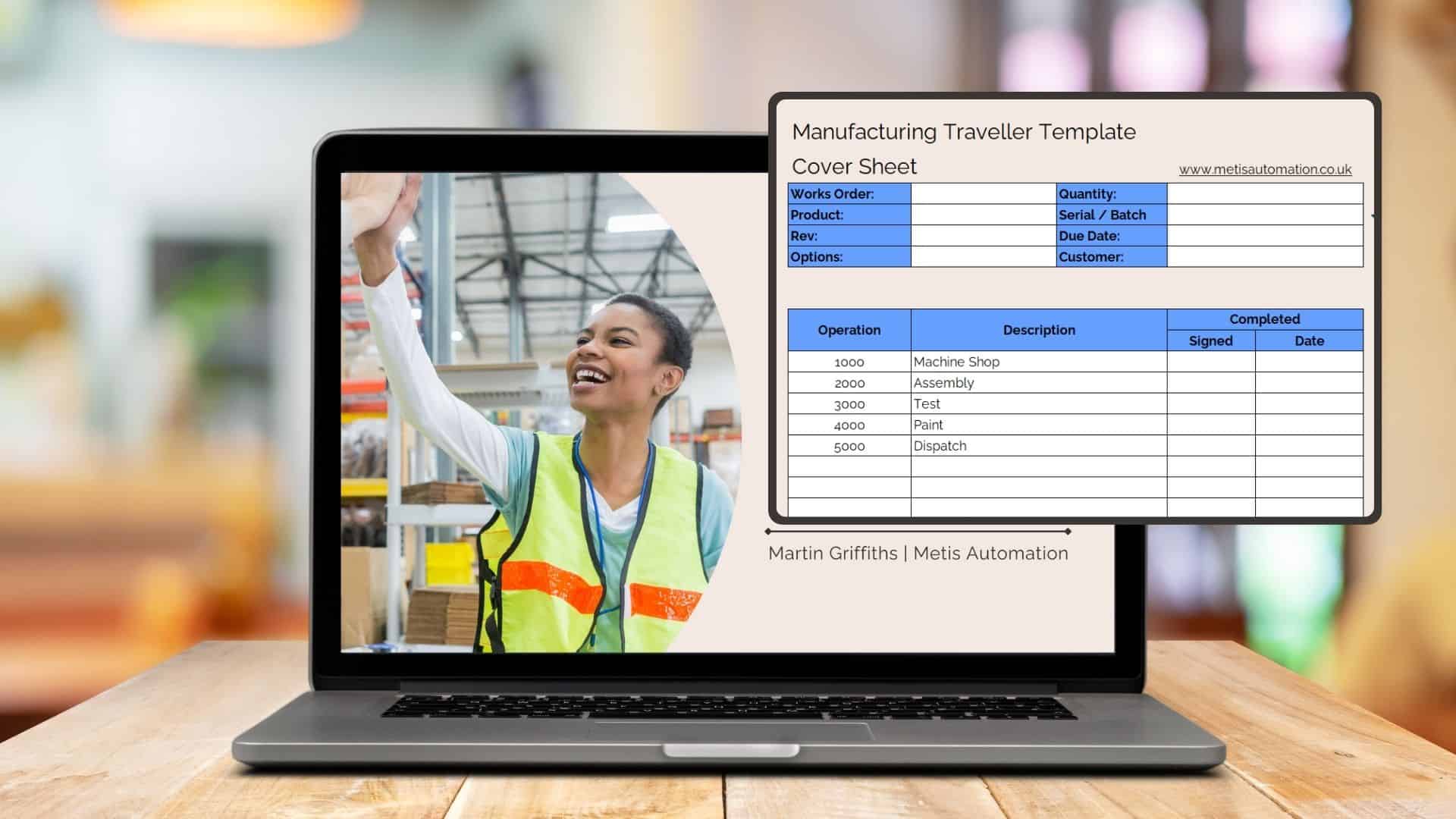Striking a Balance in Manufacturing

Striking a Balance in Manufacturing: Immediate Results vs. Strategic Visions
In the ever-competitive realm of manufacturing, industry leaders frequently face a significant challenge: striking a balance in manufacturing between achieving immediate results and pursuing long-term strategic visions.. This balancing act is critical for driving growth, satisfying stakeholders, and maintaining a competitive edge. It demands a nuanced approach, where short-term gains do not undercut long-term ambitions, and strategic planning does not impede the agility required to respond to immediate market demands.
The Imperative of Immediate Results
In manufacturing, the pressure to deliver immediate results is palpable. Production targets, quality benchmarks, and financial objectives dominate the day-to-day focus. These short-term metrics are essential—they keep operations lean, fulfil customer commitments, and ensure the business remains financially viable. Meeting these immediate goals can also serve as a springboard for future endeavours, providing the necessary capital and confidence to invest in long-term projects.
However, there is an inherent risk in prioritsing immediate results above all else. It can lead to a culture of short-termism, where decisions are made with a narrow focus, potentially at the expense of the broader strategic vision. Quality might be compromised for speed, innovation sidelined for cost-cutting, and employee development overlooked for immediate productivity gains. Such an approach can yield quick wins, but it may ultimately hinder sustainable growth and long-term competitiveness.
Upholding the Strategic Vision
Conversely, a strategic vision sets the direction for a company’s future, charting a course for innovation, market expansion, and operational excellence. It defines the company’s aspirations and the value it seeks to provide to customers, stakeholders, and employees over the coming years. In manufacturing, this vision could involve adopting cutting-edge technologies, expanding into new markets, or developing environmentally sustainable practices.
This long-term planning is critical for a company’s enduring success, but it requires an investment mindset. Resources must be allocated to research and development, workforce training, and infrastructure improvements—investments that may not pay off immediately but are essential for future viability. Upholding the strategic vision in the face of short-term pressures requires discipline, a tolerance for ambiguity, and an unwavering focus on the company’s ultimate goals.
Finding Equilibrium in Manufacturing
Achieving a balance between these two paradigms is not a simple task; it requires a strategic alignment of processes, resources, and culture. The following strategies can help manufacturing leaders navigate this complex terrain:
1. Embrace Agile Adaptation: Implement agile methodologies that enhance the ability to respond swiftly to market changes. This approach ensures that the company stays dynamic and responsive without straying from the overarching strategic goals.
2. Cultivate a Culture of Innovation: Foster an environment where innovation is continuous and encouraged at all levels. This includes creating opportunities for employees to propose and develop new ideas, ensuring that innovation is not just a long-term aspiration but a daily practice.
3. Develop a Skilled, Future-Ready Workforce: Prioritize ongoing workforce development to ensure that employees are not only equipped to handle today’s challenges but are also prepared for future technological and industry shifts.
4. Adopt a Data-Informed Strategy: Utilize data analytics to guide both short-term operations and long-term strategic planning. This ensures decisions are based on solid data, providing insights into market trends, operational efficiencies, and customer preferences.
5. Focus on Sustainable Growth: Align business practices with sustainability goals. This involves adopting environmentally friendly processes and technologies, which can lead to both immediate operational efficiencies and long-term benefits for the company and the planet.
Striking a balance between achieving immediate results and upholding a strategic vision is a dynamic and ongoing process in the manufacturing industry. It requires a commitment to operational excellence, a forward-thinking mindset, and the agility to respond to an ever-changing market landscape. Leaders who navigate this balance effectively can ensure their companies not only meet the demands of today but are also well-positioned for the successes of tomorrow.
In an industry characterized by constant evolution and intense competition, a balanced approach ensures that short-term achievements serve as stepping stones toward long-term goals. It’s about making decisions that are rooted in the present but have enduring impacts, creating a legacy of innovation, quality, and strategic foresight.
Unleash the Power of Digital Manufacturing
Download our free Digital Transformation Starter Kit to set the gold standard for operational clarity and excellence.





